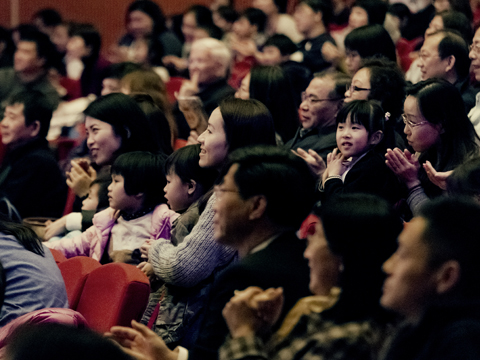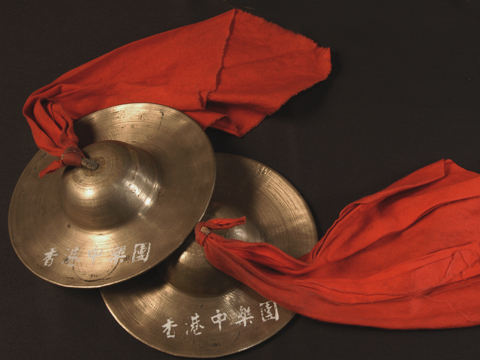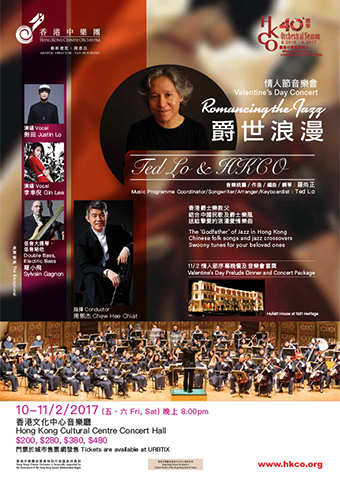
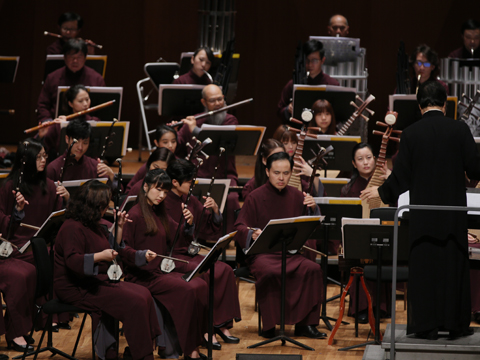
HKCO
Hong Kong Chinese Orchestra Environmental, Social and Governance Artistic Director and Principal Conductor for Life Orchestra Members Council Advisors & Artistic Advisors Council Members Management Team Vacancy Contact Us (Tel: 3185 1600)

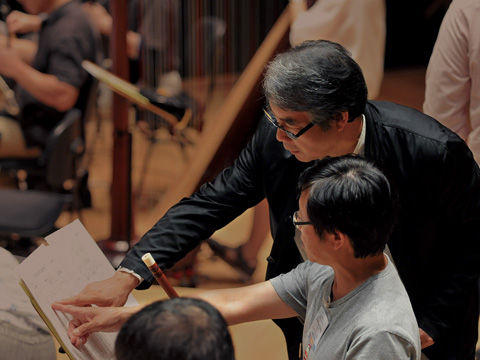
What's On

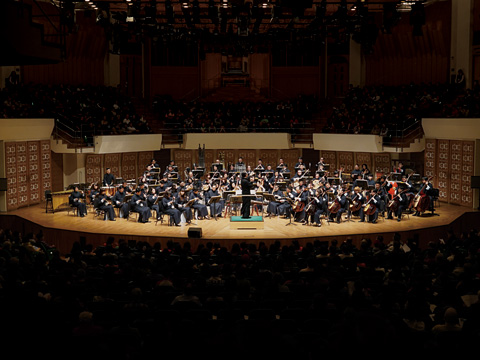
Concerts

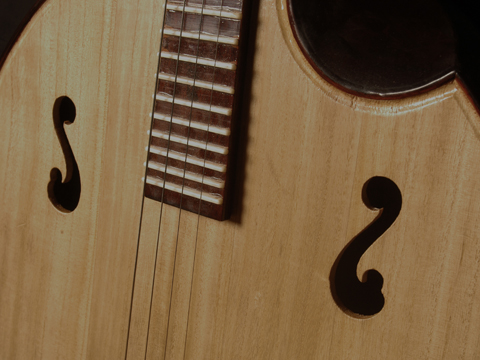
Education
The HKCO Orchestral Academy Hong Kong Youth Zheng Ensemble Hong Kong Young Chinese Orchestra Music Courses Chinese Music Conducting 賽馬會中國音樂教育及推廣計劃 Chinese Music Talent Training Scheme HKJC Chinese Music 360 The International Drum Graded Exam

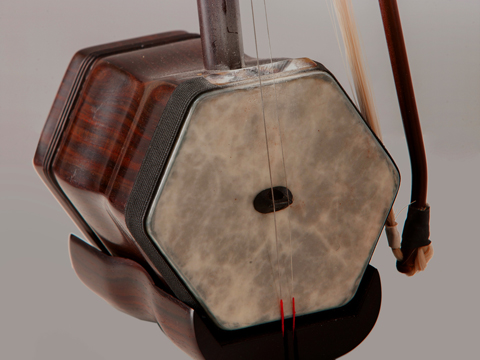
Instrument R&D
Eco-Huqins Chinese Instruments Standard Orchestra Instrument Range Chart and Page Format of the Full Score Configuration of the Orchestra
40th Orchestral Season
Romancing the Jazz.Ted Lo & HKCO
Valentine’s Day Concert
8:00 pm
Vocal: Justin Lo, Gin Lee
Double Bass, Electric Bass: Sylvain Gagnon
A universal message of love for all Valentines out there
What makes a song ‘our song’? It’s the heartwarming memories. Come Valentine’s Day, Ted Lo, the ‘godfather’ of Jazz in Hong Kong, record producer and songwriter of international fame, will make it a special occasion for you and yours.
[Booking ended] "Valentine’s Day Prelude dinner and concert package"
Just You Alone Ted Lo
Vocal and Orchestra The Look Of Love Burt Bacharach Lyrics by Hal David Arr. by Ted Lo
Vocal: Gin Lee
Show Me Ted Lo
Vocal and Orchestra Thirty Days Justin Lo Lyrics by Justin Lo Arr. by Ted Lo
Vocal: Justin Lo
Vocal and Orchestra Love Is Eternal Dick Lee Lyrics by Richard Lam Arr. by Ted Lo
Vocal: Gin Lee, Justin Lo
The Crescent Moon Over China Leung Ngok-yam Lyrics by Li Tsun-ching Arr. by Ted Lo
The Shepherd’s Girl Chinese folk song Arr. by Ted Lo
Moon Drift Ted Lo
Another Journey Ted Lo
Arbutus Lane Ted Lo
The Chinese-American Tango in Music
Chow Fan-fuMusicians have long experimented with fusing jazz with Chinese music, but results have been varied. The situation is reminiscent of the political reality between the United States and China – two nations locked in a push-and-pull relationship and doing the flamboyant dance steps of tango.
It is generally accepted that jazz is a genre that ‘only the Americans do well’. It is an art form originating from the meeting between black American and classical western music, where African rhythm is teamed up with European harmony. Since the end of the 19th century, jazz has never stopped evolving as it continued to assimilate with other musical genres such as ballads, blues, rock, pop (in its variegated forms), world music, as well as new age, to come up with a large number of distinctive jazz styles and sub-genres. In the concert, ‘Romancing the Jazz ‧ Ted Lo & HKCO’, Hong Kong’s internationally acclaimed godfather of jazz will collaborate with the Hong Kong Chinese Orchestra to create a romantic evening for lovers. Featuring Chinese folk songs and pop music from East and West spiced up with jazz, the concert is a spearheading attempt at fusing jazz styles with Chinese music and Chinese instruments.
Improvisation with a Bitter-sweetness
While we all know improvisation is one of the characteristics that make jazz musicians stand out, it is worth noting that there is a somewhat parallel, though not necessarily identical, technique in traditional Chinese music called jiahua, or ornamentations. Blues, which is an essential element in jazz, contains in its melodic features blue notes and blues scale. Like the pentatonic scale of mainstream traditional Chinese music, they contain a distinguished tonality. The technical challenge for composers who want to compose or arrange music that can merge jazz and Chinese music, then, is to try to blend the two different tonal qualities and make them complement each other.
An even bigger challenge lies in the huge of aesthetics and ethos. In addition to blues, ragtime is another fundamental form in jazz. At the beginning of the 20th century, the word ‘rag’ was synonymous with joy and celebration, and so ragtime is considered a joyous musical genre. This implicit ‘happiness’ is in direct contrast with the ‘sadness’ generally associated with blues. One can therefore say that jazz music combines and expresses the emotional opposites of joy and sorrow. By comparison, traditional Chinese music (especially the classical or literati form) emphasizes ‘neutralising to create a balance’. Even when describing happiness or sadness, the music should still show restraint to maintain a harmonious state. Having said that, we must note that among different ethnic groups, there are Chinese folk music genres that delineate unequivocally emotions of sadness and joy, such as the ‘sorrowful tunes’ (such as songs of mourning) and the celebratory tunes such as wind-and-percussion music. So this distinction makes such Chinese music different from the bitter-sweet nature of jazz. Striving to mix jazz with Chinese folk music is again like doing the tango, with the push-and-pull dance motions underpinned by reciprocal support.
The Push-and-Pull Unbreakable Relationship
Apart from improvisation, jazz music has four other prominent characteristics – syncopation and polyrhythm, instrumental solos, unique playability by bands, and the natural, flowing performance style. Because of these, jazz has a dynamic energy and inclusive capability that bring out the ‘melding properties’ in music. When put in the context of computer-generated sounds, it can dissolve any characterful traits of world or folk music of different cultures, break down the barriers between cultures and nations, and meld them together to flow as one into the world music market.
In the development of cross-cultural music, these factors set the stage for the tango between jazz and Chinese music. As for the result, one has to look once again to the prerequisites for a suavely delivered tango: the dance partners have to be well-coordinated and need to feel close, whether their bodies are physically touching or not. This, of course, is no easy task. But then jazz is so characterful that in playing it, expressing the feels is all that matters, as it will give new tonal colours to the unique timbre of equally characterful traditional Chinese instruments. The familiar songs and sweet melodies will add to the romantic mood of this Chinese-American tango, and of course to the feelings of love!
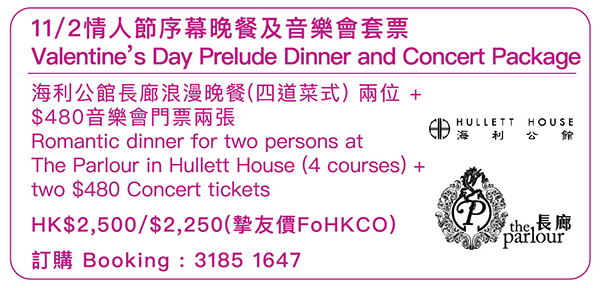
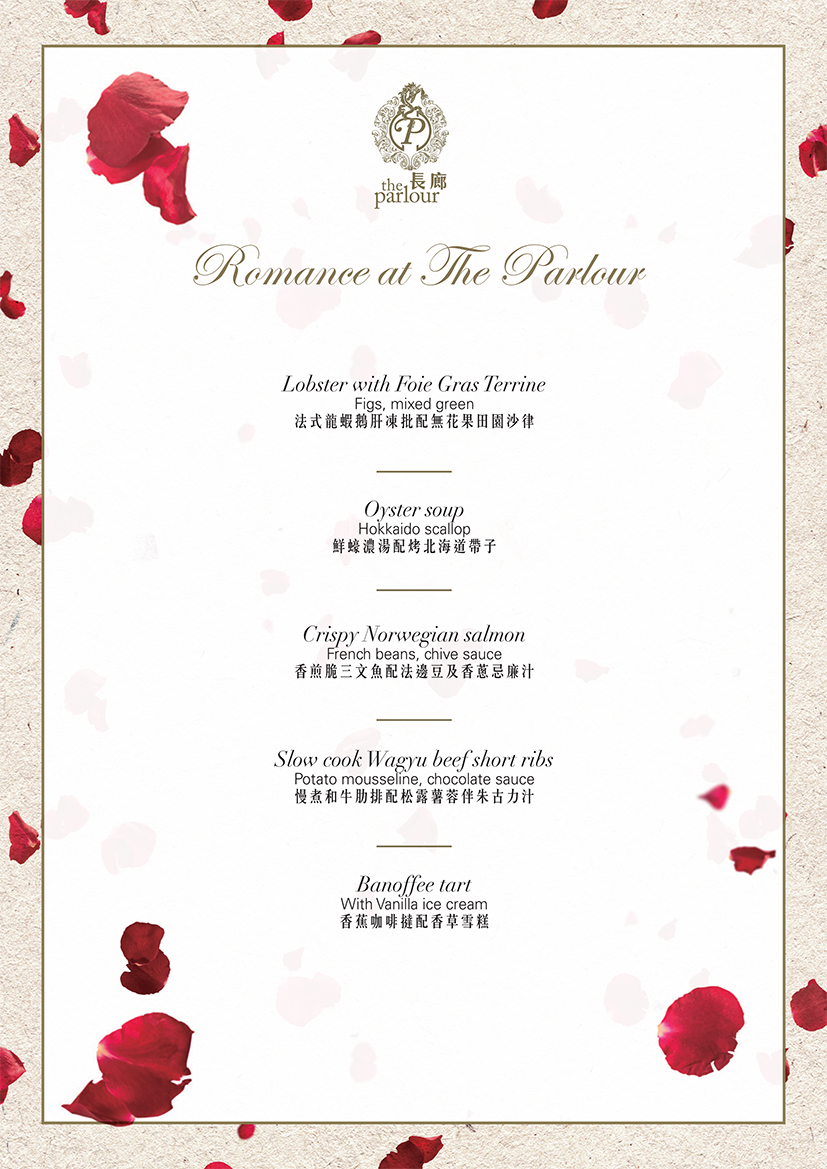
Your Support
Friends of HKCO
Copyright © 2025 HKCO
